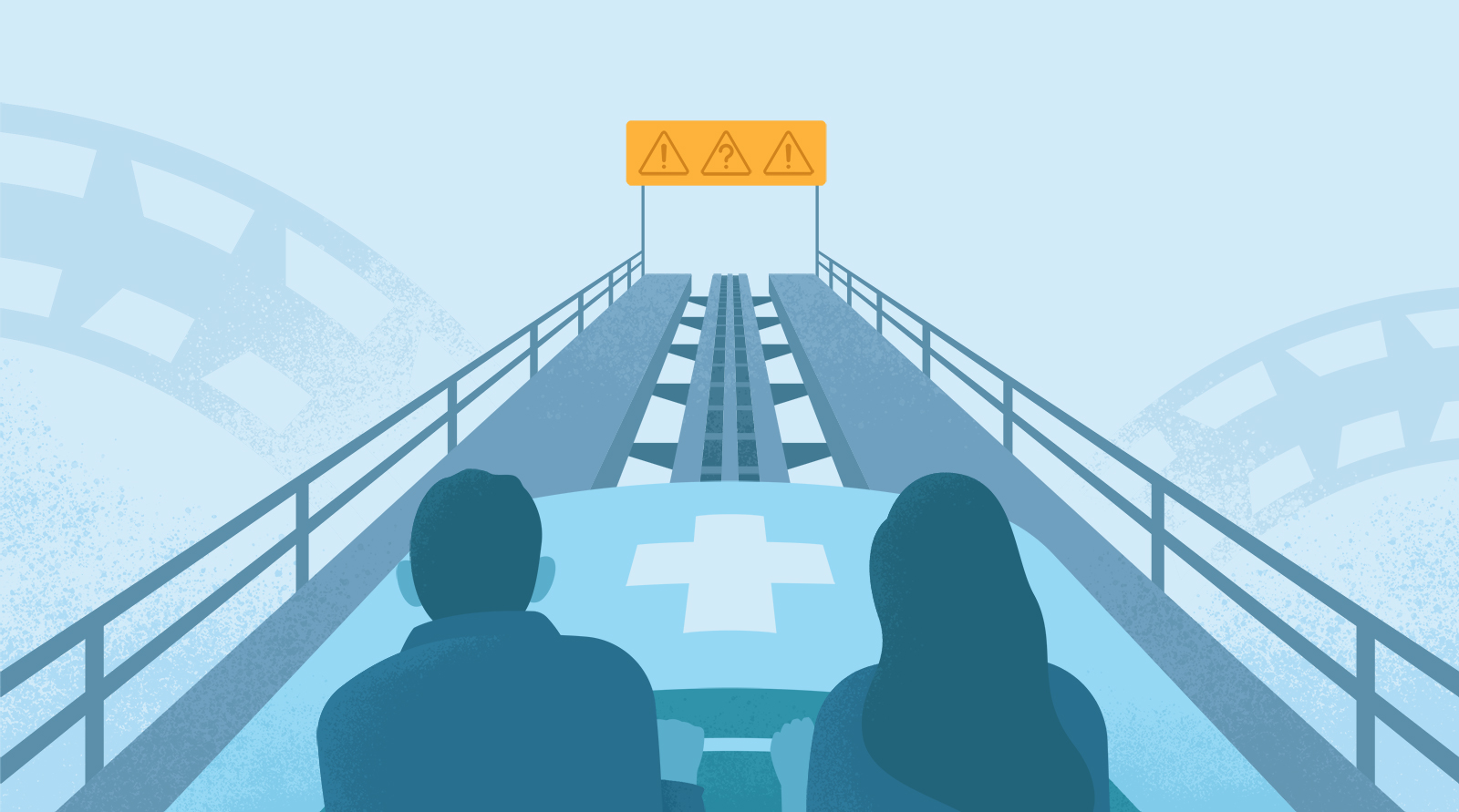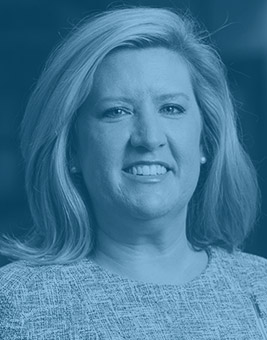
So What Do We Know Now? Stability vs. Change
Double time.
There’s a lot of discussion about the long-term future of healthcare. But so much of our work is in and for the moment – next week, next month, next 90 days. Industry leaders are asking, “What do we have to do today?”
To bridge the gap between what the industry practically needs today so it can fulfill its mission for the future, we convened four Jarrard Inc. partners who’ve been in the weeds to talk about what’s really going on in this new healthcare epoch. The idea was to sort through what we’ve seen and to consider what it looks like to make healthcare better today. Sharing their intel were:
Read on or listen to the conversation below.
Stability, not change
In an ironic twist for a publication focused on helping leaders drive change, our team was adamant that creating a sense of stability is imperative today. Change is natural, but we risk creating burnout if we play it up too much. Fox summed it up this way:
“People are exhausted. Can we not tell people we have to change all the time? Can we use a different word? We’re always changing; do we have to agonize over it? Sometimes we make the idea of change seem so terrifying when it’s just part of being human.”
Providers know that things are different today and will continue to evolve. “Providers have a deep desire to get back to work and offer the care patients need,” Cate said. “Creating an environment where employees feel a level of predictability and safety with their jobs – some sense of stability – goes a long way towards solving some of the challenges that come with that process.”
The partners suggested a four-step process to provide some sense of stability:
- Be vulnerable. Acknowledge that you don’t have all the answers and that the future is uncertain and uncomfortable.
- Talk about what’s NOT changing. Start with your mission, vision and values. Include operational considerations that have remained constant.
- Reinforce the guiding principles your organization will use to make decisions.
- Call on your team to stay with you and help figure things out together.
But don’t hold back
There’s tension in a moment like this. People are looking for stability but change is, well, inevitable. Leaders have an obligation to respond to it or, better, get ahead of it.
Note that there’s a difference between providing stability and being complacent. While emphasizing bedrock principles, healthcare leaders should also take advantage of the moment. Many are.
“It wouldn’t be healthcare without people willing to push the envelope,” McConville said. “They’re willing to do that strategic reimagining, to look at what’s next in their market and beyond, to develop partnerships with community physicians struggling to figure things out, to work with providers across their region in new ways.”
Put another way, providers have permission to do things they may not have been able to do before. In May of 2010, Nashville was inundated by 19 inches of rain over 48 hours. Damage to the Gaylord Opryland Resort, situated just past the banks of the Cumberland River, was profound. But when the hotel reopened that winter, the entire massive campus had been updated. Rooms that hadn’t been flooded were renovated, restaurants improved, new amenities added. Disaster led the hotel to get ahead, not just return to the status quo. The lesson for healthcare is obvious. Said Fox, “Some systems are using this as an opportunity to make changes that they should’ve made a long time ago and just couldn’t for political reasons.”
Once those overdue changes have been made, providers not only reap the benefits of the improvements themselves, but also of the discovery that hard change might be accomplished more easily than originally thought.
“There’s all this stuff that seemed so hard and so political, and suddenly we can do it in three days,” Fox observed. “That’s got to give people confidence that some of these things we know we should be doing are not as hard as we make it. We’ve proven to ourselves that we can move fast and successfully.”
So why weren’t we able to do it before?
Jarrard suggested it’s an issue of messaging. “People will move if the reason is compelling enough,” he said. “Maybe a lesson is that in the past we thought we had some pretty compelling messages about our vision, but they really weren’t. At least they weren’t compelling enough.”
We can’t go back
All the talk around both stability and change assumes that things will not revert. But is that true? The conversation closed with the question, “Will things go back to the way they were?”
The short answer: “No.”
“It’s structurally impossible,” McConville concluded. “The financial cliff most national and academic systems have fallen off of will prevent them from returning to the way they operated pre-COVID – even if they wanted to. The holes are so deep, they’re in the hundreds of millions of dollars, and systems are going to have to find very creative ways to work out of that. That means they have to work differently and reimagine things.”
Cate noted that the pressure extends beyond the financial.
“High performing organizations who want to be at the top of their game will not return to normal,” she said. “Patients have changed. What they want has changed. Their needs have changed. Their expectations have changed. The economy has changed. We have to deliver a better healthcare experience than before. And so what I hear a lot now is about how we can make sure we’re delivering a superior experience when patients come back. That’s the shift I see today versus wanting to return to normal.”




